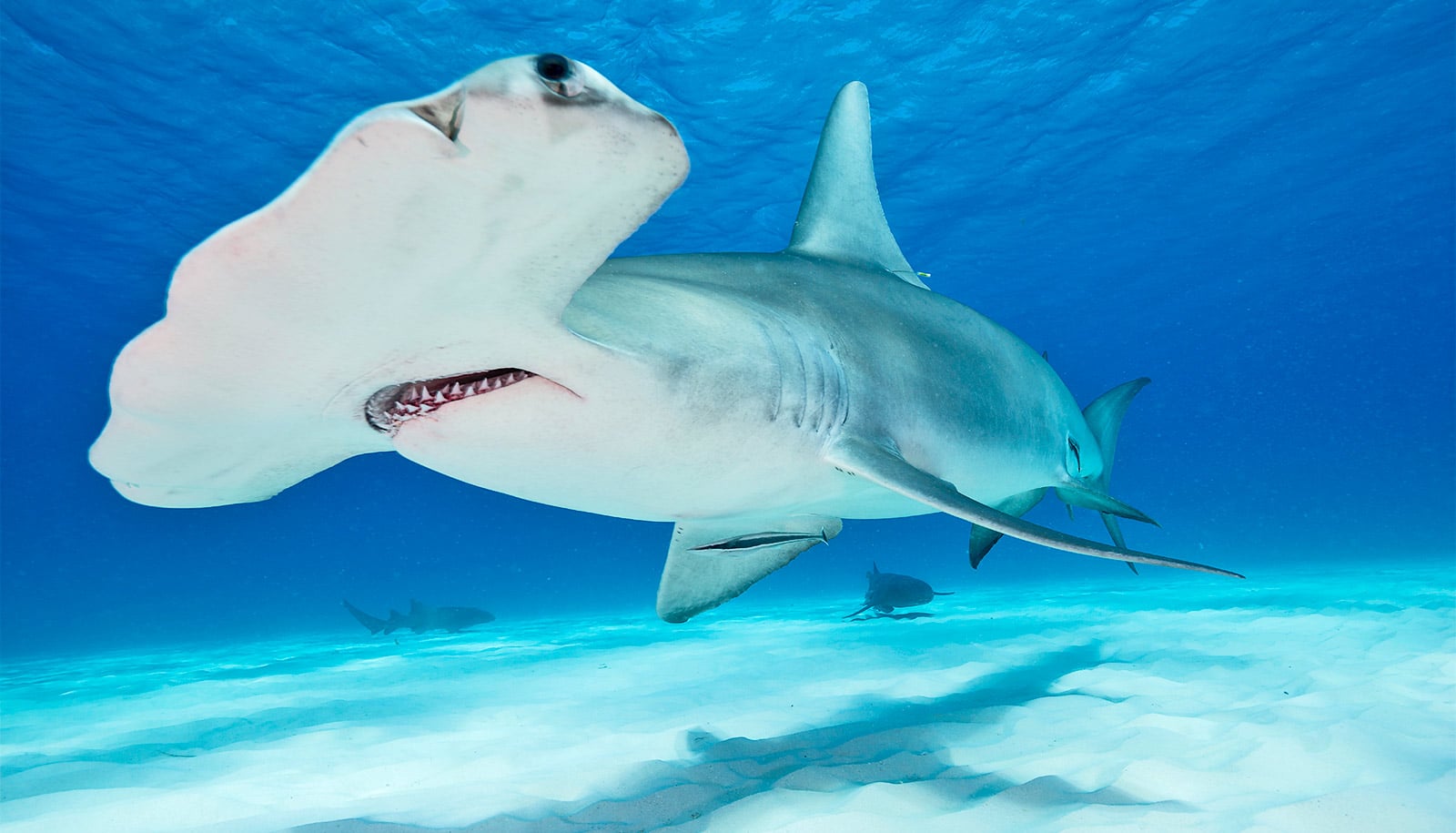New research examines income volatility among fishers working in the waters near Alaska, an area with some of the largest, most valuable fisheries in the world.
For people who make a living by harvesting natural resources, income volatility is a persistent threat. Crops could fail. Fisheries could collapse. Forests could burn.
These and other factors—including changing management regulations and practices—can lower harvests, which depresses income for farmers, fishers, and timber harvesters. But the ways that these forces interact to impact income have been difficult to track, especially at the level of the individual worker.
Fishers who “diversified their catch had much less income variability than people who specialized by fishing one species…”
For the new research, scientists analyzed nearly 30 years of revenue and permitting records for individuals fishing in Alaskan waters and tracked how their fishing choices, in terms of permits purchased and species caught, influenced their year-to-year income volatility.
Their findings show that individuals who purchased multiple permits and diversified their catch had much less income variability than people who specialized by fishing one species or obtaining a single type of permit. Their paper tracks the effect of fishing practices on individuals, rather than fishing fleets or communities.
“Previous work has shown that individuals who fish commercially have higher income variability than farmers. Our analysis showed that fishers holding single permits expose themselves to exceptional risk of high year-to-year income variability,” says lead author Sean Anderson, who conducted this research as a postdoctoral researcher in the School of Aquatic and Fishery Sciences at the University of Washington.
“But individual fishers who bought multiple permits—which allows them to catch a diversity of species—showed significantly less income volatility,” she says.
In the United States, both the federal government and state agencies manage fisheries through an intricate system of permits and quotas that individuals can purchase. In Alaska, permits regulate who can fish for salmon, sea cucumbers, and sea urchins, for example. But permits, which are valid for years, vary widely by the number of species they allow the holder to catch, when they can catch them and the fishing techniques allowed.
In the mid-1990s, regulators also began to use individual quota systems to manage certain species in Alaska, such as halibut, sablefish, and king crab. Quota systems allow permit holders to purchase shares, or a fraction of the total allowed catch.
Federal and state management systems incorporate information from fishery experts and scientific studies on the health of each species and population when determining permit details and quota limits, says coauthor Ole Shelton with the National Oceanic and Atmospheric Administration’s (NOAA) Northwest Fisheries Science Center.
Fishing has caused numbers of old fish to drop
“A poorly-managed fishery is one that could eventually collapse, which helps no one,” says Shelton. “The system of permits and quotas used in Alaska has evolved over decades to promote sustainability of fisheries and safety of fishers themselves, but until now no one had looked at the effect of these management regimes on the income uncertainty for individual fishers.”
The researchers discovered that individual fishers who specialized by purchasing one permit had greater year-to-year variability in income compared to fishers who purchased multiple permits. The magnitude of the income variability depended on the species that the permit covered. In a dramatic example—a king crab permit—volatility in income was as large as the average annual income itself.
Yet most individual fishers, 70 to 90 percent, held just one permit over the study period, perhaps because diversifying is no simple task. Permits may cost thousands or hundreds of thousands of dollars, depending on the species, location, scope, and fishing method, and the cost of these permits has increased over time.
Other barriers, such as caps on the number of permits and the costs of purchasing additional gear for multiple species, may also make diversifying difficult.
“We do not know which factors—including fishing costs, natural forces, market demand, and management policies—have made the majority of individual fishers specialize despite high income variability,” says coauthor Eric Ward, also with NOAA’s Northwest Fisheries Science Center. “But additional research may, in time, help scientists and policymakers come up with practices that can reduce income variability for fishers and keep fishery harvests sustainable.”
Offshore farms could meet global fish demand
Lead author Anderson is now a stock assessment scientist with Fisheries and Oceans Canada. Additional coauthors of the study are from the University of Alaska Fairbanks; the Alaska Department of Fish and Game; and NOAA’s Alaska Fisheries Science Center.
The National Center for Ecological Analysis and Synthesis at the University of California, Santa Barbara; the David H. Smith Conservation Research Fellowship; and the NOAA Fisheries’ Spatial Economics Toolbox for Fisheries funded the study.
The research appears in the Proceedings of the National Academy of Sciences.
Source: University of Washington



